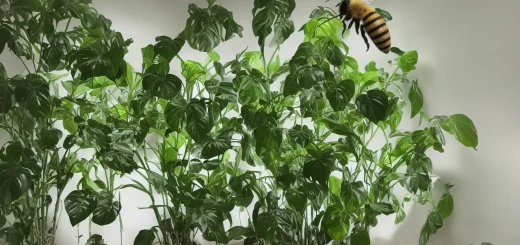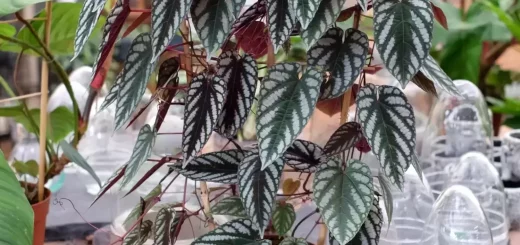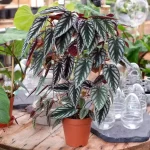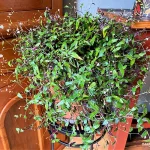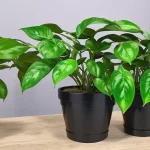Bridal Veil Plant: A Guide for Caring 2024

Table of Contents
The Bridal Veil Plant (Gibasis geniculata), with its delicate white flowers and trailing foliage, is a favorite among indoor gardeners. Known for its graceful appearance and ease of care, this plant is an excellent addition to any home. Whether you’re a seasoned gardener or a beginner, this guide will help you grow and maintain a healthy Bridal Veil Plant.
Understanding the Bridal Veil Plant
The Bridal Veil Plant, also known as Tahitian Bridal Veil or Tradescantia multiflora, is a member of the Commelinaceae family. It originates from Mexico and Central America, where it thrives in tropical climates. The plant gets its name from its small, white, star-shaped flowers that resemble a bridal veil when in full bloom.
Ideal Growing Conditions
Light: The Bridal Veil Plant prefers bright, indirect light. While it can tolerate low light conditions, it will thrive and produce more flowers in brighter locations. Avoid direct sunlight, as it can scorch the leaves.
Temperature: This plant enjoys warm temperatures, ideally between 60-75°F (15-24°C). It can tolerate higher temperatures but should be protected from cold drafts and temperatures below 50°F (10°C).
Humidity: As a tropical plant, the Bridal Veil Plant prefers higher humidity levels. If the air in your home is dry, especially during winter, consider using a humidity tray or a humidifier to maintain adequate moisture levels.
Planting and Potting
Soil: Use a well-draining potting mix, such as a combination of peat moss, perlite, and vermiculite. This mix will ensure that the roots have good aeration and prevent waterlogging.
Pot: Choose a pot with drainage holes to prevent water from accumulating at the bottom. Hanging baskets are ideal for Bridal Veil Plants due to their trailing nature.
Watering and Feeding
Watering: Keep the soil consistently moist but not waterlogged. Water thoroughly when the top inch of soil feels dry to the touch. During the winter months, reduce the watering frequency as the plant’s growth slows down.
Feeding: Feed your Bridal Veil Plant with a balanced, water-soluble fertilizer every 4-6 weeks during the growing season (spring and summer). Avoid over-fertilizing, as it can lead to leggy growth and reduced flowering.
Pruning and Maintenance
Regular pruning will help maintain the shape of your Bridal Veil Plant and encourage bushier growth. Trim back any leggy or overgrown stems, and remove dead or yellowing leaves to keep the plant looking tidy. Pruning also promotes the growth of new shoots and flowers.
Propagation
The Bridal Veil Plant is easy to propagate through stem cuttings. Here’s how:
- Take Cuttings: Cut a healthy stem about 4-6 inches long, just below a leaf node.
- Remove Lower Leaves: Remove the leaves from the lower half of the cutting.
- Root in Water or Soil: Place the cutting in a glass of water or plant it directly in moist potting soil. If rooting in water, transfer the cutting to soil once roots have developed.
- Provide Proper Care: Keep the soil moist and place the cutting in a bright, indirect light location.
Common Problems and Solutions
Yellowing Leaves: This can be a sign of overwatering or poor drainage. Ensure the pot has drainage holes and allow the soil to dry slightly between waterings.
Brown Leaf Tips: Often caused by low humidity or excessive fertilizer. Increase humidity and reduce feeding frequency.
Pests: The Bridal Veil Plant can be susceptible to spider mites, aphids, and mealybugs. Regularly inspect the plant and treat any infestations with insecticidal soap or neem oil.
Conclusion
The Bridal Veil Plant is a charming and low-maintenance addition to any indoor garden. With the right care, it will reward you with lush foliage and delicate blooms. Whether cascading from a hanging basket or adorning a shelf, this plant brings a touch of elegance and beauty to any space.
By following these guidelines, you can enjoy the beauty of the Bridal Veil Plant and ensure it thrives in your home. Happy gardening!
